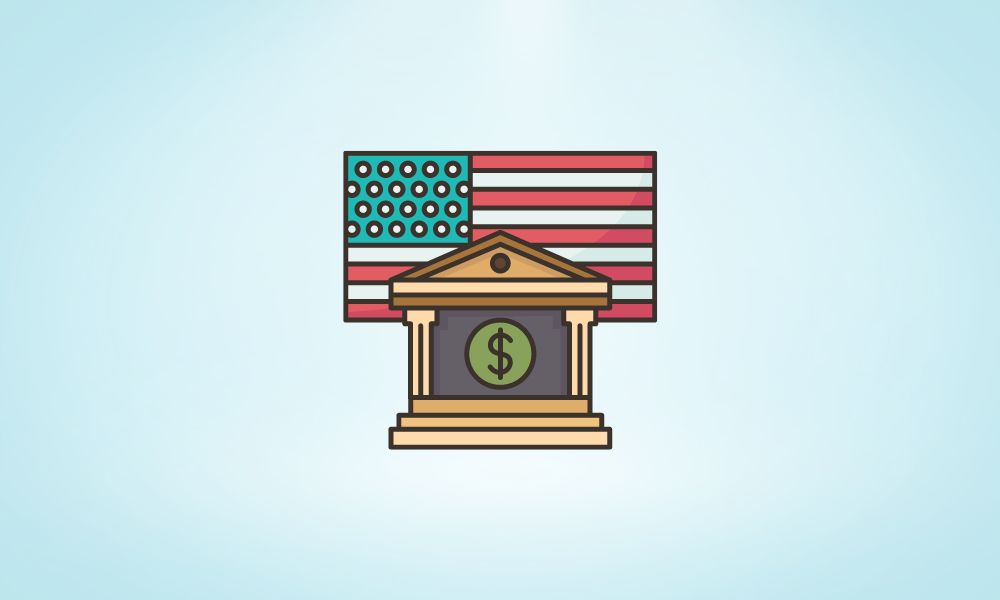The main argument in favor of avoiding a Federal Reserve-driven recession in 2019 has just been disproved. Wage growth soared considerably above the range associated with the Fed's 2% inflation target as a result of upward adjustments to hourly pay in September and October and an even greater increase in November.
A near-unanimous view is developing that raising the Fed's inflation target, at least in practice, is the only way the U.S. economy can avoid a hard landing and a further decline in the S&P 500. Although the Fed might be open to doing so, it would still need to see some more cooling before it would stop raising interest rates.
According to RSM Chief Economist Joe Brusuelas, the 2% inflation target "is a lot more elastic than the Fed is letting on, because I don't think there's any constituency out there for the bloodletting that would be necessary" to get there.
According to Brusuelas, the Fed would need to raise the unemployment rate to 6.7% in order to get inflation back to 2%. However, it would only take a considerably smaller increase in unemployment to 4.6% to get most of the way there—to a 3% inflation rate—while still losing 1.7 million jobs.
According to Joe Quinlan, head of market strategy at Merrill & Bank of America Private Bank, "if the Fed is hellbent on getting to 2% inflation, then it might demand more rate hikes and a higher terminal rate than is already baked into the cake." It "could be an overdose of monetary tightening," causing a severe recession in the American economy and incomes.
Quinlan, however, also sees a chance for a more optimistic conclusion. He anticipates a rise in the markets if inflation continues to decline toward 3% and Fed members "take their time" rather than pressing the matter.
"If the new Fed inflation target is somewhere between 3% and 3.5% in two years, I wouldn't be surprised. That is undoubtedly a possibility and one that all sides would find acceptable."






No comments:
Post a Comment